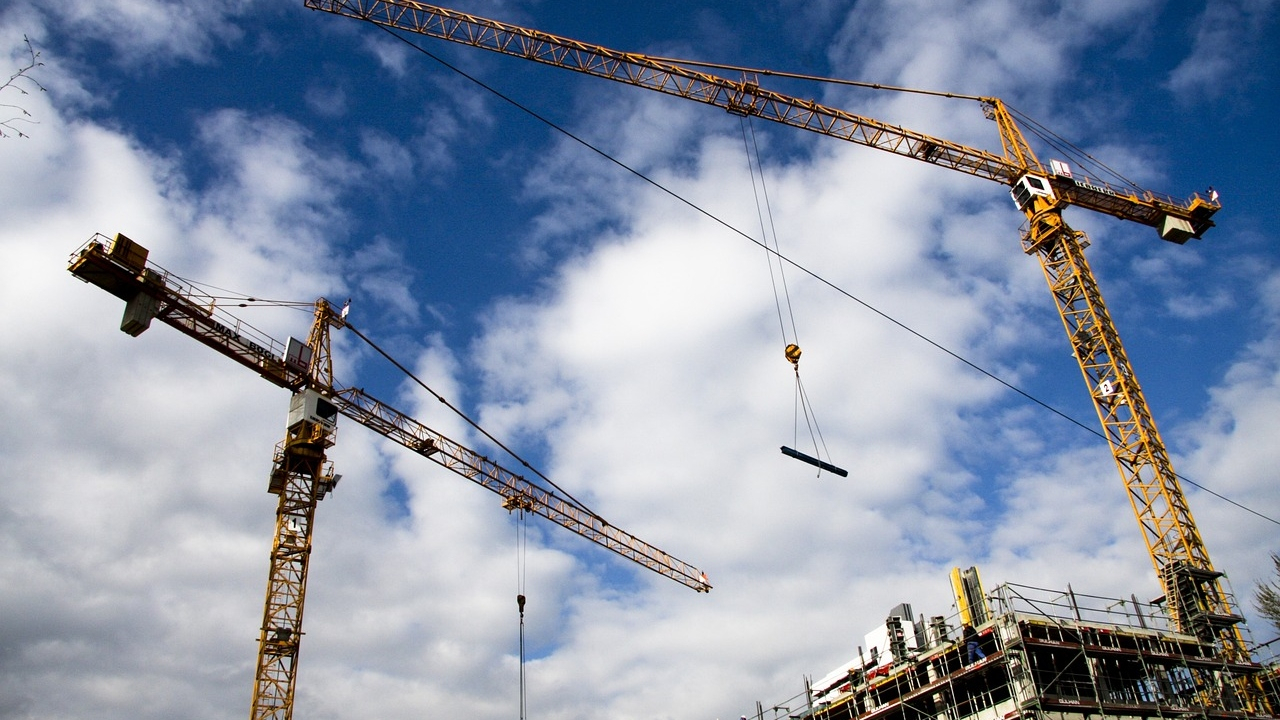These varied speeds of development are even more evident when it comes to another
renewables hot topic - energy storage. While the bulk of the countries in the report have
indicated plans on installing energy storage capacities in the years leading up to 2030,
there are no clear commitments and timeframes, especially in the case of battery storage.
These are the main conclusions of the most recent industry report by business intelligence
and news provider SeeNext. It includes an in-depth analysis of the progress made by each of
the countries toward the integration of energy storage solutions and modernisation of the grid,
an overview of recently installed new capacities, a rundown of significant investments and a
regulatory update.
Powering up the grid by 2030
Encouragingly, all countries in the report have recognised the need of not only modernising their
electrical grids but also adding new lines and enhancing interconnectivity with neighbouring countries. Announced planned investments range between EUR 800 mln in Serbia and Croatia to over EUR 5 bln in Greece. While there are projects aimed at boosting interconnections, these significant discrepancies in the size of designated investments point towards disparities that could result in clogs and jeopardise infrastructure stability at the regional level.
Storing energy for the green transformation
The majority of the SEE countries already have experience with energy storage through
pumped storage hydropower facilities and there are plans for the construction of more,
supported by the region's abundant water resources. Three countries in the report have
earmarked significant investments for further capacities, both pumped and battery storage –
Bulgaria, Greece and Serbia. The other three – Croatia, Slovenia and Romania have either
announced marginal investments or none at all.
Yet, there are various issues even in the case of the more ambitious proposals. Bulgaria, for
example, has been criticised by the European Commission for having too generic objectives
and the lack of specific timeframes. The country has the chance to make significant
improvements in the newest version of its National Energy and Climate Plan. Greece, on the
other hand, has already published an updated version of the plan in which it dialled down
energy storage targets. Serbia is mostly focused on pumped hydro storage for now.
Solar is king
Coming back to present days, the most recent full-year data on newly installed capacities
show that solar was the prevalent green energy source in all but one of the analysed
countries. Croatia was the only market where wind prevailed in 2022. In terms of installed
capacities, Greece and Romania led the way, with 14 GW and 11.2 GW, respectively.










